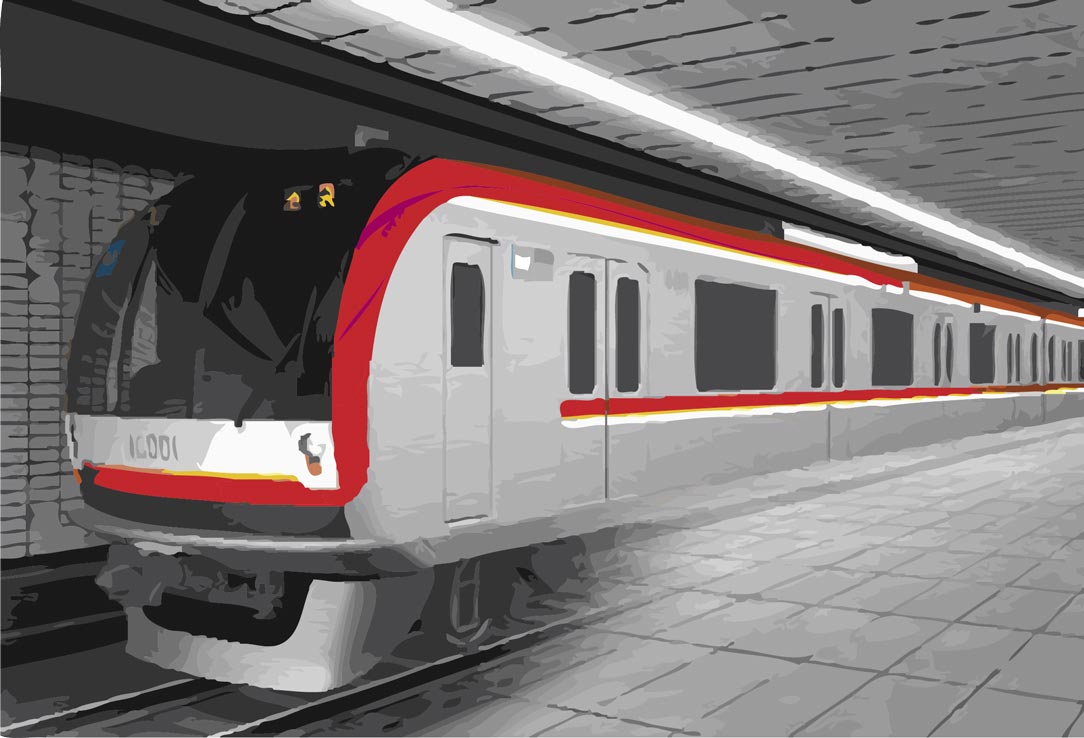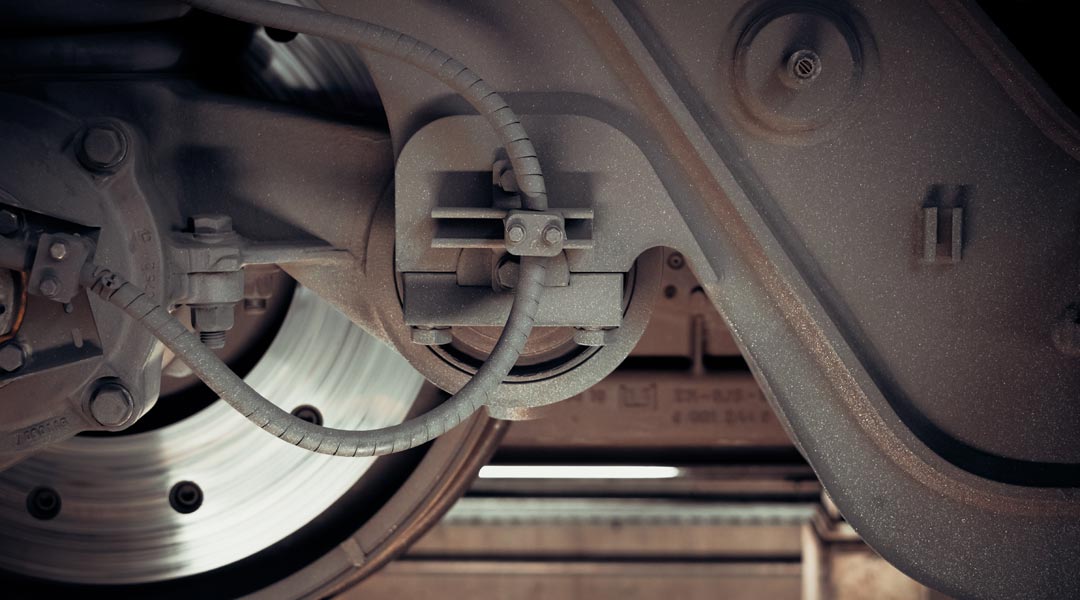15 Sept 2017 — The National Economic and Development Authority (NEDA) Board approved the Metro Manila Subway Project (MMSP) this week with an initial investment requirement of PhP356 billion, 63% more than the initial budget estimate of PhP277 billion. As of today, 35 of the administration’s infrastructure projects, amounting to PhP1.2 trillion, have received green lights.
The first phase of the MMSP, under the Department of Transportation, will begin at Mindanao Avenue in Quezon City, pass through FTI in Taguig, and terminate at the Ninoy Aquino International Airport in Parañaque City. Expected travel time from Quezon City to Taguig is 30 minutes. Construction of the 25-kilometer underground system is set to begin next year. The subway is expected to be partially operational by 2022 and fully operational by 2025.
“The MMSP’s first phase will significantly improve Metro Manila’s transportation system, air quality, and productivity, thereby reducing the PhP2.4 billion economic loss the country incurs daily due to heavy traffic,” said Socioeconomic Planning Secretary Ernesto M. Pernia, who chaired the meeting at NEDA headquarters in the absence of President Duterete.

The MMSP is part of the current administration’s “Build. Build. Build.” infrastructure plan, worth PhP8.2 trillion. The Japan International Cooperation Agency is assisting the subway project, with the loan earning an interest rate of 0.10 percent per annum payable in 40 years.
Expected to accommodate 370,000 riders a day, the Manila subway will supplement the existing train systems in metro, which are running over capacity. The MRT-3 alone services over 500,000 commuters daily in a system designed for 350,000 passengers. This has delayed and aggravated commutes. Two trains malfunctioned on 13 Sept 2017, Wednesday, forcing passengers off at the Santolan and Shaw stations. Three trains broke down this morning and forced passengers off at the same stations as Wednesday, leaving only 17 trains running.
According to Secretary Pernia, our rapid infrastructure development will generate around 1.1 million additional new jobs annually. Our GDP is projected to grow 1.4 percent annually over the six years. Spending on infrastructure will also increase from 5.32 percent of GDP this year to more than 7 percent of GDP by 2022. ![]()



